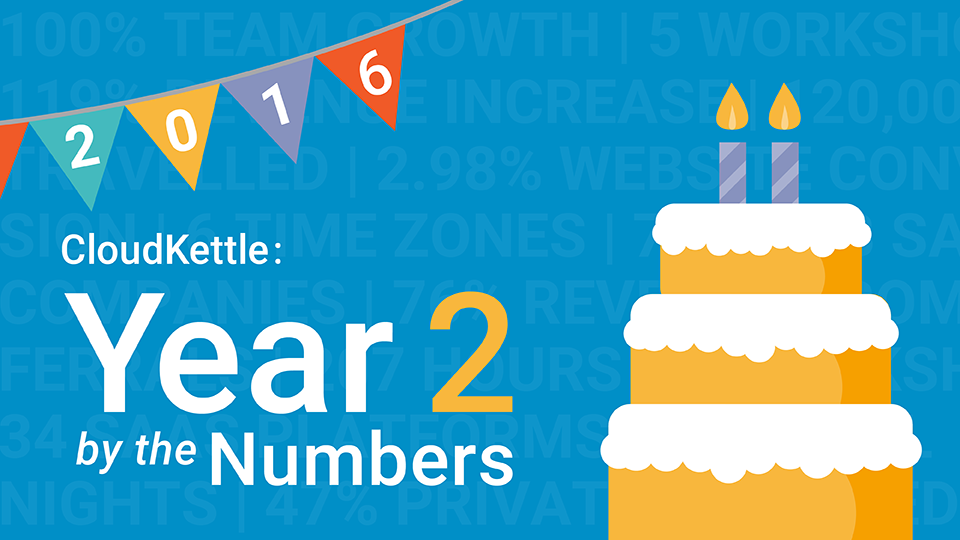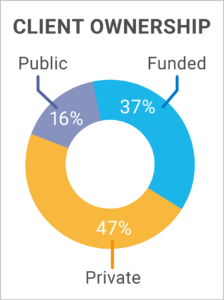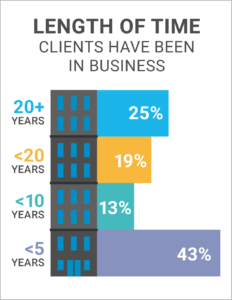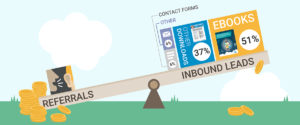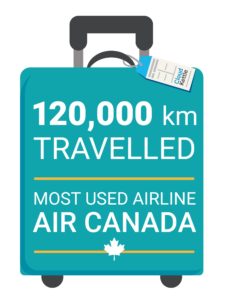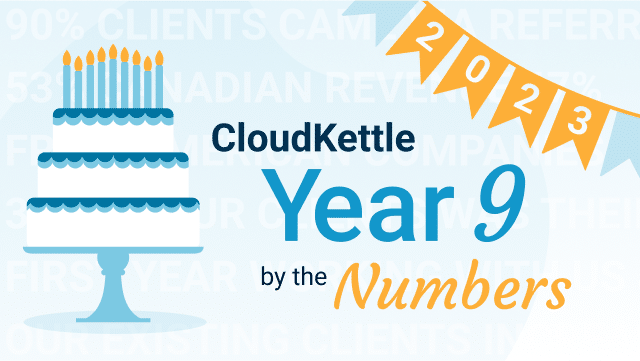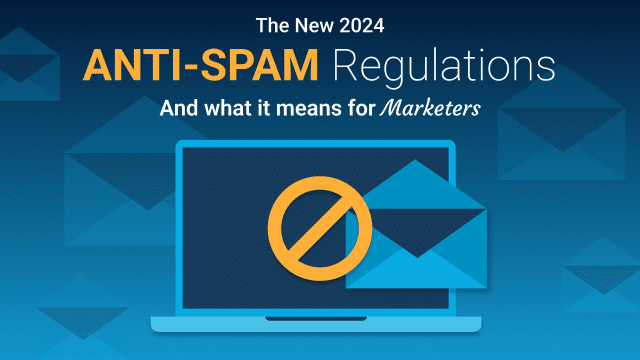It’s hard to believe that year tw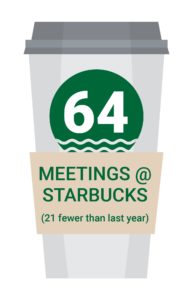
CloudKettle has no investors or board to report year-end figures to or be held accountable by (which has its pros and cons). However, I think there is a lot to be gained from being transparent as an organization, so here is a recap of how our second year in business went.
*One interesting metric I follow in our company is Starbucks visits. It could be argued that more visits mean we’re working harder at prospecting in the field, fewer means we’re busy in the office executing.
Sales Metrics
Looking back on last year’s CloudKettle: Year 1 by the Numbers post, I discussed that we had set out to help B2B SaaS companies improve how they were run by optimizing their Salesforce instance and Revenue Stack. Focusing on that has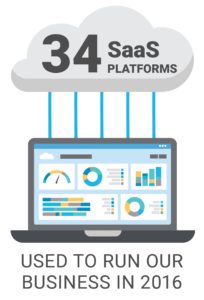
2015: Revenue directly related to Salesforce or Revenue Stack work: 36%- 2016: Revenue directly related to Salesforce or Revenue Stack work: 85%
At CloudKettle, we have a very explicit definition of what our target customer looks like. In my previous experience, working at three B2B SaaS companies, I had seen the connection between lifetime value of a client and their technology stack. When I started CloudKettle, one of the main components I worked into our lead qualification methodology was examining a prospect’s Sales and Martech stack. CloudKettle uses a sophisticated set of SaaS tools to operate (34 in 2016) and our client’s do too. In particular, our clients who use Salesforce are the ones we have the most rewarding relationships with.
As a small boutique consultancy, we can only execute on a finite amount of work, so it’s important we work with the right clients that will help us scale faster.
Who we Help
This year was not only a big year for CloudKettle but also for our clients. Two of our clients were acquired in 2016 and many reported over 100% growth rates. We saw a lot of diversification in how long the organizations we service have been in business and what their basic ownership structure was like.
Built on Trust
Inbound was our largest lead source by far in 2016; representing almost 90% of all newly created leads. You can see on the righthand side of the image above a breakdown of our inbound leads by download type.
However, when we look at revenue generated by lead source it’s a very different story. While referrals represent only a fraction of leads by source, they gen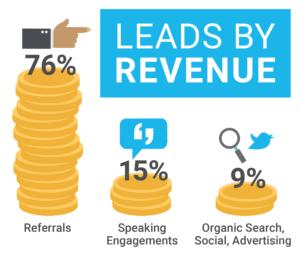
This speaks to several very important things. First, our strategy of focusing on long-term relationships with our clients and being a key part of their sales and marketing efforts has worked. Second, while content serves as a lead generation tool, for CloudKettle it is much more valuable as a Sales Enablement tool – reassuring referrals that we understand the space and know how to assist them. Potential clients research us before they reach out and we want to ensure they are comforted by what they see. Finally, we focus heavily on being selective about who we work with; owning a niche space and only taking on clients whom we know we can provide a lot of value for. This year our metrics validated that this approach helps cultivate referrals, which are our most desirable leads. While it can be hard to turn away prospects in the short term, in the long run, it has always been the right decision.
Travel
We hit the tarmac hard again this year.
-
- Number of time zones our clients are in: 6
- Number of km traveled: 120,000 km
- Most used airline: Air Canada
- Longest trip: One week in October for 3 team members to attend Dreamforce
- Most Expensive Uber: $94 (up from $55 in 2015)
- Hotel nights – 67
- 62% in San Francisco
- Most used hotel – Club Quarters San Francisco
Working with Startups
At CloudKettle we believe in giving back to the startup ecosystem and dedicate a lot of time to volunteering, teaching, and mentoring startups.
-
-
- Number of incubators and accelerators that we conducted workshops with, volunteered or taught at: Five (NYU Future Labs, Alchemist Accelerator, Propel Launch, Propel Build and Volta Labs)
- Number of hours spent hosting workshops with startups: 207
-
Why These Figures?
We spend a lot of time working with our clients, encouraging them to hit the road and the phones hard to close sales. We also ask them to be open and transparent with us so we feel we owe it to them to take our own advice.
Have some thoughts on our second year? Get in touch by clicking here or use the comments section below. We’d love to hear from you.
